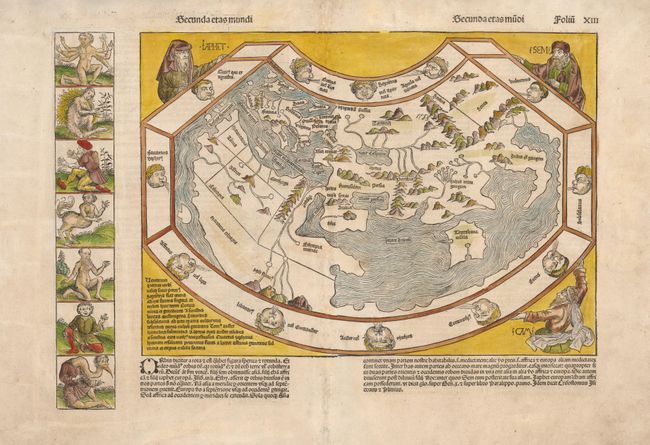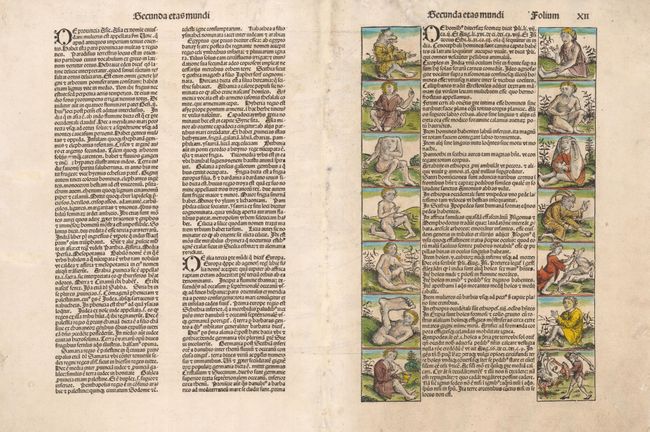Catalog Archive


Auction 135, Lot 34
"Secunda Etas Mundi", Schedel, Hartmann
Subject: Ancient World
Period: 1493 (published)
Publication: Nuremberg Chronicle
Color: Hand Color
Size:
17.2 x 12.2 inches
43.7 x 31 cm
Download High Resolution Image
(or just click on image to launch the Zoom viewer)
(or just click on image to launch the Zoom viewer)

